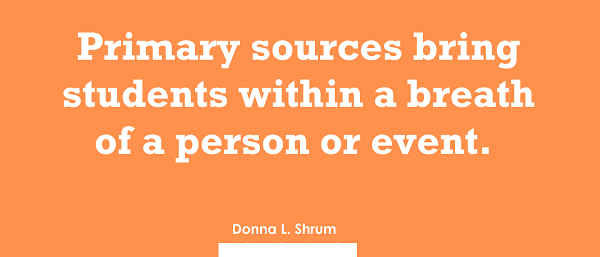The traditional classroom setup has been changing rapidly, focusing on online learning. This has ushered in an era of personalized learning where students can progress at their own pace, developing the skills needed to succeed in today’s world.
Using technology in the classroom has also helped facilitate more effective communication and collaboration between teachers and students. This can take place through the use of social media, email, texting, and videoconferences.
Personalization
Personalized learning is a teaching model based on the idea that students learn in different ways and at different paces. Instead of teaching all students the same curriculum, teachers use technology to adapt materials and assessments to meet their unique needs.
Educators also encourage students to set their own goals, which can help them stay motivated and on track with their educational progress. These goals can range from defining their interests to developing skills like self-advocacy.
Personalized learning is also a way for schools to save time by allowing students to complete assignments independently and at their own pace. This eliminates the need for educators to lecture to the class and can free up their time to focus on student progress.
Cost
Students are typically charged tuition, which covers only a fraction of the costs of operating a college or university. That’s because colleges and universities need to pay instructors, support staff, and maintenance and administration, among other expenses.
In addition, colleges and universities often need to invest in new educational programs Lexington MA, to keep up with the latest trends in education. This can be a significant financial burden for many students and families, especially if they do not qualify for federal or employer aid.
Fortunately, there are some ways to reduce the cost of online learning. In particular, students can benefit from pursuing their degree through a state school or public university, which generally offers lower tuition rates than private institutions. They may also qualify for federal aid and employer tuition reimbursement.
Outdated Methods of Instruction
Education is one of the most important pillars of modern society. It helps shape people into leaders who have the knowledge and skills to guide us down the right path.
Traditionally, education has occurred in a physical classroom, with the teacher being the primary source of instruction and controlling the course curriculum, teaching methodology, and learning environment. However, with technology and edtech innovations, this model is being replaced by more personalized methods.

This model is made possible using educational tools like open education resources, eLearning materials, social learning spaces, informal learning tools, games and apps for learning, YouTube, and more. These innovative methods make it easier for students to learn at their own pace and help them become more confident learners.
No Guarantees
There are many reasons why an educational program may not be a good fit for students. They might be too expensive, and they might not be accessible. They might not be suited for students’ specific needs.
The promise that a program will deliver on its promises is one of the best ways to encourage buyers and push sellers to produce a quality product, even if that means risking a little money or reputation. That’s why college tuition guarantees have been a popular strategy for years. Still, some colleges offer student-loan repayment and job-placement guarantees to make attending school less of a gamble.
These guarantees can be precious for low-income learners, who are often the least likely to succeed in traditional classroom learning. Computer-adaptive learning or live tutoring can provide them with instruction and opportunities for practice that adjust to their levels of preparation.


